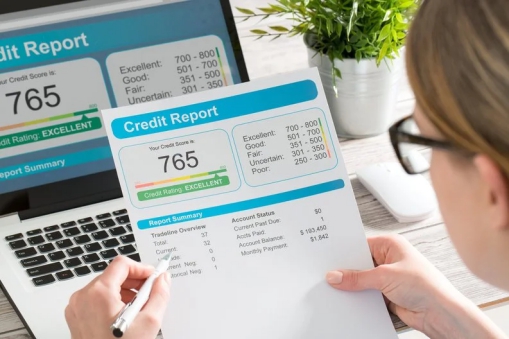It’s human nature to go for a high score. Nobody remembers the person with the second-highest score on the local “Galaga” machine. Maybe they don’t remember the person with the highest score, either, but I worked hard for it.
Credit scores range from 300 to 850 under the most widely used scoring systems. Lots of people think that it’s important to get the highest possible credit score, but you actually don’t need a perfect 850.
Here’s the ideal credit score
The optimal credit score is a 760 or higher under the FICO scoring system. FICO® Scores are the most widely used type of credit score by lenders. Some credit card companies have free FICO® Score tools. If yours doesn’t, you can check your FICO® Score free of charge online with Experian CreditWorks℠ Basic.
Why a 760 or higher? At that point, you’ve effectively maxed out the benefits you can get from a high credit score. A score in that range is more than enough to qualify for top credit cards. It’s also good enough to qualify for the lowest interest rates on loans, including mortgages.
This is because creditors generally use credit score ranges, not exact scores, to make decisions. The highest FICO® Score range for lending decisions is 760 to 850, according to MyFICO.
So, if you raise your credit score from 700 to 760, that could have financial benefits. It may help you qualify for more credit cards and get lower interest rates on loans. Raising your credit score from 760 to 850 likely wouldn’t benefit you in any way.
How to improve your credit
A 760 is still a high credit score, and it takes good financial habits to get there. If you’re not there yet, here’s what you can do to build your credit score:
- Always pay your bills on time. This is what’s most important, as your payment history is the biggest factor in your credit score. In particular, make sure to pay credit cards and loans on time, because these payments get reported on your credit history.
- Have at least one credit card that you use regularly. To build credit, you need to borrow money and pay it back. The simplest way to do this is to use a credit card every month and pay the bill on time.
- Stay out of credit card debt. If you avoid charging too much to your credit card, it’s good for your credit utilization ratio, another key factor in your credit score. You’ll also avoid interest charges if you pay your credit card in full every month.
- Be careful about opening new credit accounts. Each credit application has a small impact on your credit score. The occasional new credit card or loan is fine, but if you apply for too many, it could hurt your credit.
What to do once your credit is good enough
If you consistently use a credit card and pay the bill on time, you’ll eventually have a credit score of at least 760. You might wonder what you should do then.
You don’t need to make any changes. All those good financial habits mentioned above work well for building and maintaining your credit score. It’s also important to continue paying on time and avoiding credit card debt, no matter what your score is. Late payments can cause a massive drop in your credit score, and credit card debt costs you money, so it’s best to avoid both of those.
Once you’re there, you can just keep doing what you’re doing — with the knowledge that your credit score is good enough. Make sure you’re taking full advantage of that credit score, too. If you haven’t already, check out highly rated credit cards to find one that can add value to your life. That could be one of the many travel rewards cards if you like to travel, a cash back card, or any of the other excellent cards reserved for consumers with high credit scores.
Alert: our top-rated cash back card now has 0% intro APR until 2025
This credit card is not just good – it’s so exceptional that our experts use it personally. It features a lengthy 0% intro APR period, a cash back rate of up to 5%, and all somehow for no annual fee! Click here to read our full review for free and apply in just 2 minutes.

